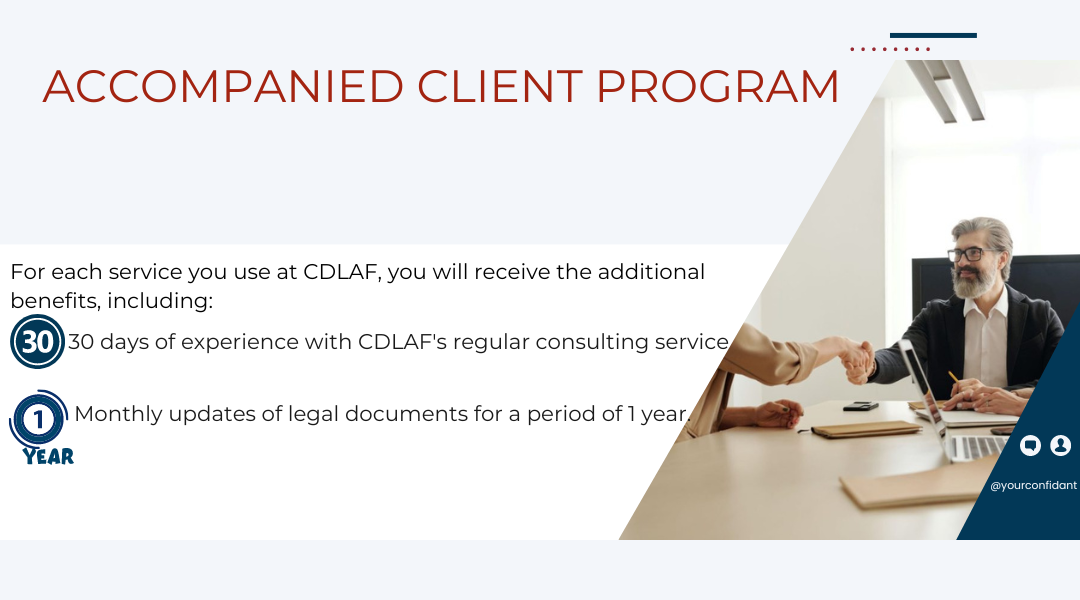In continuation of the series of articles about the General Meeting of Shareholders in a joint stock company, CDLAF would like to share with you the key issues that enterprises need to pay attention to when organizing an Extraordinary General Meeting of Shareholders. A resolution is only deemed valid when the General Meeting of Shareholders that approves such a Resolution is held in accordance with the regulations of the charter and the enterprises law.
Therefore, before planning to organize an extraordinary General Meeting of Shareholders, enterprises will need answers to questions such as: Who has the right to convene the General Meeting of Shareholders? What are the tasks that the convener needs to perform? What are the steps involved in the meeting process? How to check attendee’s eligibility…These are the issues that enterprises need to address and plan for comprehensively before organizing the meeting.

1. The competent person to convene an extraordinary General Meeting of Shareholders
Except in cases where the Boards of Directors deems it necessary to hold an extraordinary General Meeting of Shareholders, the convening of such meetings shall follow the priority order as outlined below:
Board of Directors
The Board of Directors shall convene an extraordinary General Meeting of Shareholders within 30 days from the date on which the number of members of the Board of Directors or the Supervisory Board does not reach the minimum ratio or 30 days from the date of receiving a request for convening a meeting of a shareholder or a group of shareholders holding 5% or more shares or a smaller percentage according to the charter. Note that convening the meeting is the responsibility of the Board of Directors, so in case the Board of Directors does not convene the General Meeting of Shareholders as prescribed, the Chairman of the Board of Directors and members of the Board of Directors shall compensate the company for damages.
Supervisory Board
In case the Board of Directors fails to convene the General Meeting of Shareholders as prescribed in Clause 2 of this Article, within the next 30 days, the Supervisory Board shall replace the Board of Directors to convene the General Meeting of Shareholders. In case the Supervisory Board fails to convene the General Meeting of Shareholders as prescribed, the Supervisory Board shall compensate the company for any damage incurred.
Shareholders and groups of shareholders
In case the Supervisory Board does not convene the General Meeting of Shareholders, the shareholder or group of shareholders as mentioned above will have the right to represent the company to convene the General Meeting of Shareholders in accordance with the enterprise law and the charter of the company.
Thus, not any individual or agency will have the right to convene an extraordinary General Meeting of Shareholders, the convening will be in the order mentioned above. Additionally, if the convener is a shareholder or a group of shareholders, it should be noted in the preparation of documents to prove that the Board of Directors or the Supervisory Board did not conduct the meeting of the General Meeting of Shareholders despite the request.
2. Tasks that the convener of the General Meeting of Shareholders shall perform
Independent of whether the convener is the Board of Directors, the Supervisory Board, or a shareholder or group of shareholders, to organize an extraordinary General Meeting of Shareholders, the competent person to convene shall perform the following tasks:
- Make a list of shareholders entitled to attend the meeting;
- Provide information and settle complaints related to the list of shareholders;
- Prepare the agenda and content of the meeting;
- Prepare documents for the meeting;
- Draft resolution of the General Meeting of Shareholders according to the proposed content of the meeting; list and details of candidates in case of election of members of the Board of Directors, and Supervisors;
- Determine the time and place of the meeting;
- Send notice of meeting invitation to each shareholder entitled to attend the meeting in accordance with this Law;
- Other work serving the meeting.
The most important document that needs to be prepared is the agenda of the General Meeting of Shareholders because this is one of the documents required to be attached to the invitation to the General Meeting of Shareholders.
3. Steps to conduct an Extraordinary General Meeting of Shareholders
Step 1. Prepare meeting documents
Meeting documents herein shall be understood to include the meeting agenda, draft resolutions for issues to be discussed at the meeting, votes, notice of meeting invitation, the sample of power of attorney, and other documents related to the discussed content, such as documents recording violations, financial statements, etc.
Step 2. Make a list of shareholders entitled to attend the meeting
The list of shareholders attending the meeting will be the basis for the convener to send an invitation letter as well as to check the eligibility of attendees on the day of the meeting.
The list of shareholders entitled to attend the General Meeting of Shareholders is made based on the register of shareholders of the company. The list of shareholders entitled to attend the General Meeting of Shareholders shall be compiled no later than 10 days before the date of sending the invitation to the General Meeting of Shareholders if the company’s charter does not provide for a shorter time limit.
The list of shareholders entitled to attend the General Meeting of Shareholders shall include the full name, contact address, nationality, number of legal papers of the individual, for shareholders being individuals; name, enterprise code, or legal document number of the organization, head office address, for shareholders being organizations; the number of shares of each type, number and date of shareholder registration of each shareholder.
Step 3. Send a meeting invitation
The convener of the General Meeting of Shareholders shall send a notice of invitation to the meeting to all shareholders in the list of shareholders entitled to attend the meeting at least 21 days before the opening date if the company’s charter does not provide for a longer time limit.
The notice of meeting invitation shall include the name, address of the head office and enterprise code; name, contact address of shareholders, time, place of meeting, and other requirements for attendees. The notice of meeting invitation is sent by a method to ensure its delivery to the contact address of the shareholder and is posted on the website of the company; if the company deems it necessary, it shall publish it in the central or local daily newspapers according to the regulations of the company’s charter.
In addition to sending the meeting invitation, the convener will need to send the following additional documents:
- Meeting agenda, documents used in the meeting, and draft resolution for each issue in the meeting agenda;
- Votes
In case the company has a website, the sending of meeting documents along with the meeting invitation as prescribed in Clause 3 of this Article can be replaced by posting on the company’s website. In this case, the notice of meeting invitation shall clearly state where and how to download documents.
Organizing the meeting in accordance with the order prescribed by the charter and law is a condition for the Resolutions of the General Meeting of Shareholders to be recognized as valid and binding the responsibilities of the concerned parties. Therefore, each enterprise should develop a process with attached forms so that it can be applied immediately when events need to be held at the General Meeting of Shareholders, this will help enterprises avoid risks from organizing meetings illegally.
Time of writing: 11/07/2023
The article contains general information which is of reference value, in case you want to receive legal opinions on issues you need clarification on, please get in touch with our Lawyer at info@cdlaf.vn

Why choose CDLAF’s service?
- We provide effective and comprehensive legal solutions that help you save money and maintain compliance in your business;
- We continue to monitor your legal matters even after the service is completed and update you when there are any changes in the Vietnamese legal system;
- Our system of forms and processes related to labor and personnel is continuously built and updated and will be provided as soon as the customer requests it;
- As a Vietnamese law firm, we have a thorough understanding of Vietnam’s legal regulations, and grasp the psychology of employees, employers, and working methods at competent authorities;
- CDLAF’s team of lawyers has many years of experience in the field of labor and enterprises, as well as human resources and financial advisory.
- Strict information security procedures throughout the service performance and even after the service is completed.
You can refer for more information:
- Method to publish and get consent to péonal data processing
- Terms of deposit penalty and compensation for damage in the Contract
- Transfer of contributed capital when not enough capital has been contributed, risks and important considerations
- Establishment of a branch of foreign Trader in Vietnam
- Foreign investors and labor outsourcing activities in Vietnam
- Manufacturing enterprises and location-related legal issues
- Key terms in the Franchise Agreement (Part 1)
- Key terms in the Franchise Agreement (Part 2)
- Guidelines for holding the General Meeting of Shareholders in accordance with the law (Part 1)







